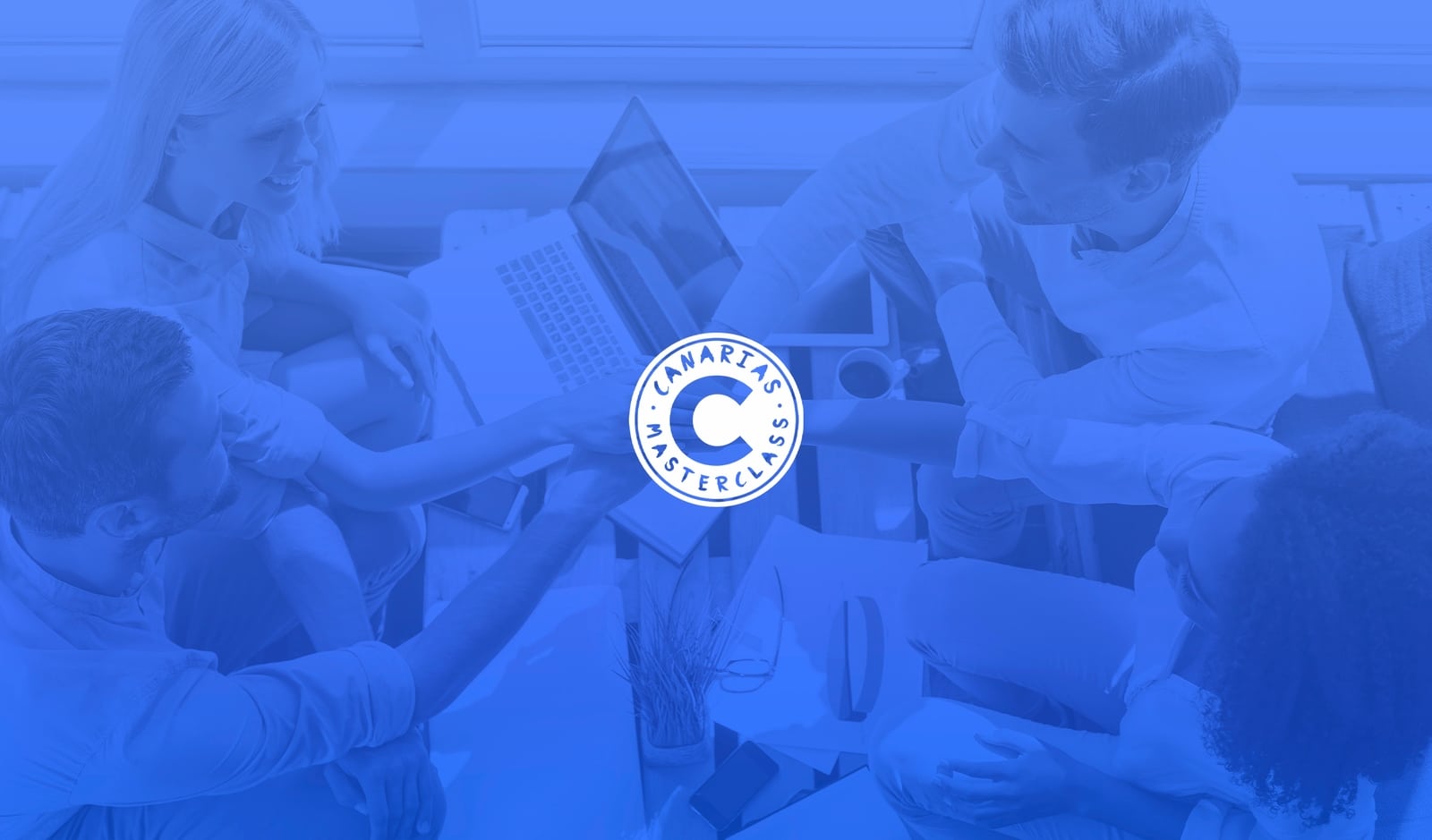UX Research Consultant
Human-centered research. Strategy-grounded insights.
.jpg)
I’m Laura Martín — I work with startups, corporations, and small businesses to help them gain a deeper understanding of their users and audiences.
Remote and global.
.jpg)
When clarity can’t wait
I join product and strategy teams – especially in startups and growing tech companies – when:
1) You need to validate direction now – before you build, while you scale, or right after launch
Maybe you’re trying to make sense of signals from users and the market, and you’re not sure if you’re building in the right direction.
I help by structuring the right questions and synthesizing evidence so you can move forward with more confidence – whether it’s clarifying a concept, finding fit, or learning from what’s already live
2) You need someone who can design and lead the research end‑to‑end, so you can make confident decisions instead of assumptions
Sometimes insights exist, but they’re fragmented and no one has the time to turn them into a coherent picture.
I step in as a partner who listens, frames the study, carries out the research, and turns the results into clear priorities for your roadmap – always working alongside your team, not in a silo.
3) You don’t yet have a dedicated research team, and critical user questions keep piling up
It’s common that designers or product managers end up carrying the weight of research on top of everything else.
I join to take that weight off: covering the parts of the research process that your team can’t reach right now, so that user understanding keeps flowing without slowing the rest of your work.
4) You’re entering new markets or user segments and need fast, contextual insights
Entering a market you don’t know can feel like walking blindfolded.
I help by designing studies that uncover motivations, behaviors, and expectations in that context – so your team has a clearer picture before making big product or communication bets.
UX Research Consultant | Audience Development Specialist
How I think. How I work.
Where it leads.
When clarity can’t wait
I join product and strategy teams – especially in startups
and growing tech companies – when:
Maybe you’re trying to make sense of signals from users and the market, and you’re not sure if you’re building in the right direction.
I help by structuring the right questions and synthesizing evidence so you can move forward with more confidence – whether it’s clarifying a concept, finding fit, or learning from what’s already live
Sometimes insights exist, but they’re fragmented and no one has the time to turn them into a coherent picture.
I step in as a partner who listens, frames the study, carries out the research, and turns the results into clear priorities for your roadmap – always working alongside your team, not in a silo.
You're redefining your positioning, launching a new category, or expanding into new segments. Despite efforts, something isn't clicking: visitors aren't converting, messages lack trust, or the ideal audience doesn't identify with the brand. Research can uncover connecting values, resonant language, and differentiation strategies rooted in insight rather than intuition.
Common issues: underperforming campaigns despite good targeting, landing pages with high bounce rates, unclear brand perception.
It’s common that designers or product managers end up carrying the weight of research on top of everything else.
I join to take that weight off: covering the parts of the research process that your team can’t reach right now, so that user understanding keeps flowing without slowing the rest of your work.
Entering a market you don’t know can feel like walking blindfolded.
I help by designing studies that uncover motivations, behaviors, and expectations in that context – so your team has a clearer picture before making big product or communication bets.
Sometimes, you’re not looking for a full-scale discovery. You just need to validate an idea, resolve a specific doubt, or understand something better before moving forward.
Short, focused studies —like quick interviews, lean tests, or concept validations— can bring clarity without overcomplicating things.
Common scenarios: new feature scoping, concept validation, copy/message testing, or lightweight usability checks.
Every challenge is different.
Let’s find your way.
My role is to bring structure, methods, and a human lens to whatever your situation requires.
Here are some of the tools I work with in my research projects

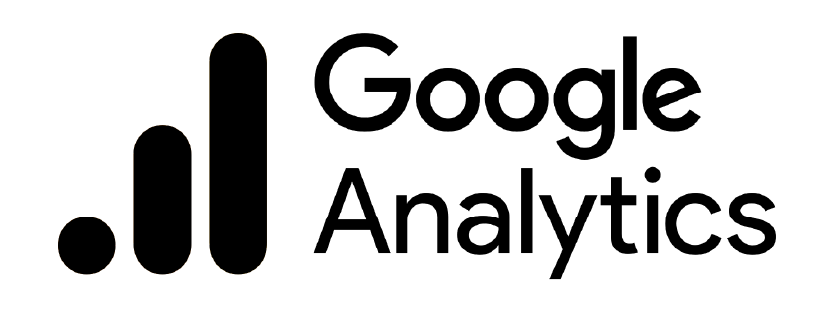

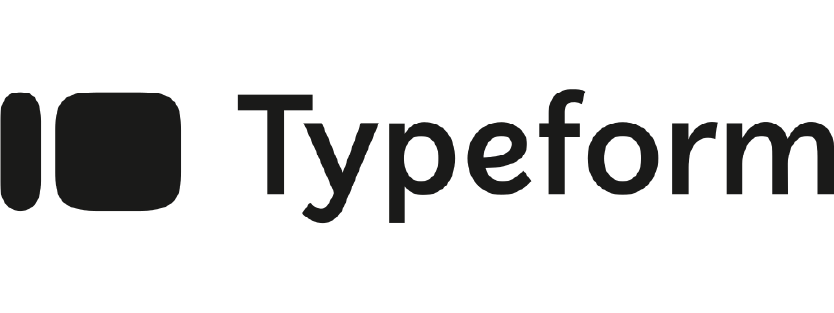

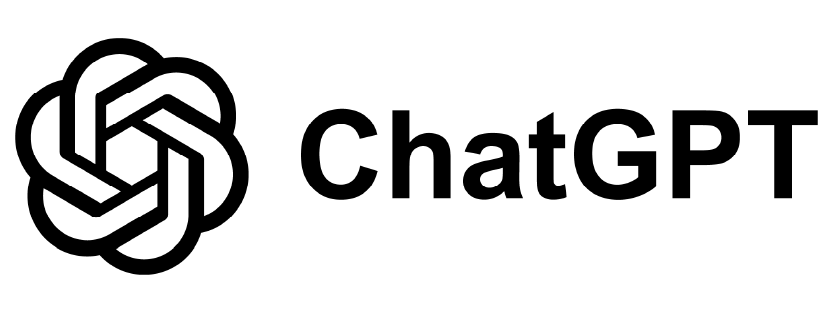
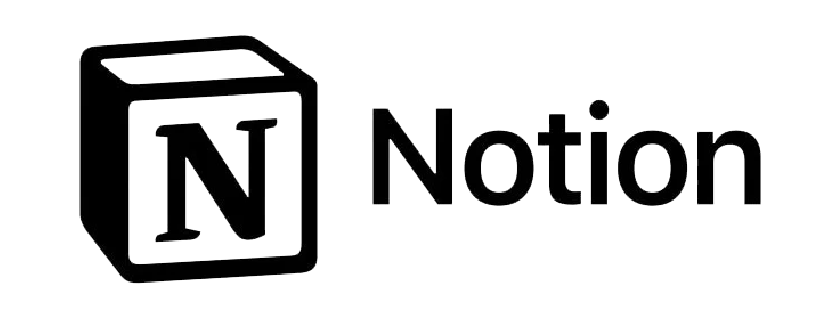
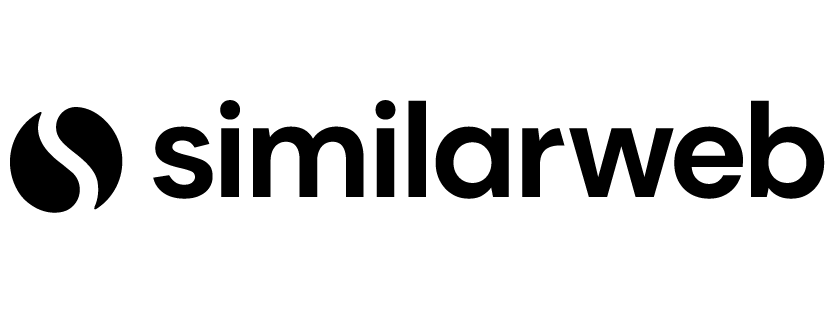








Curiosity has shaped my entire career
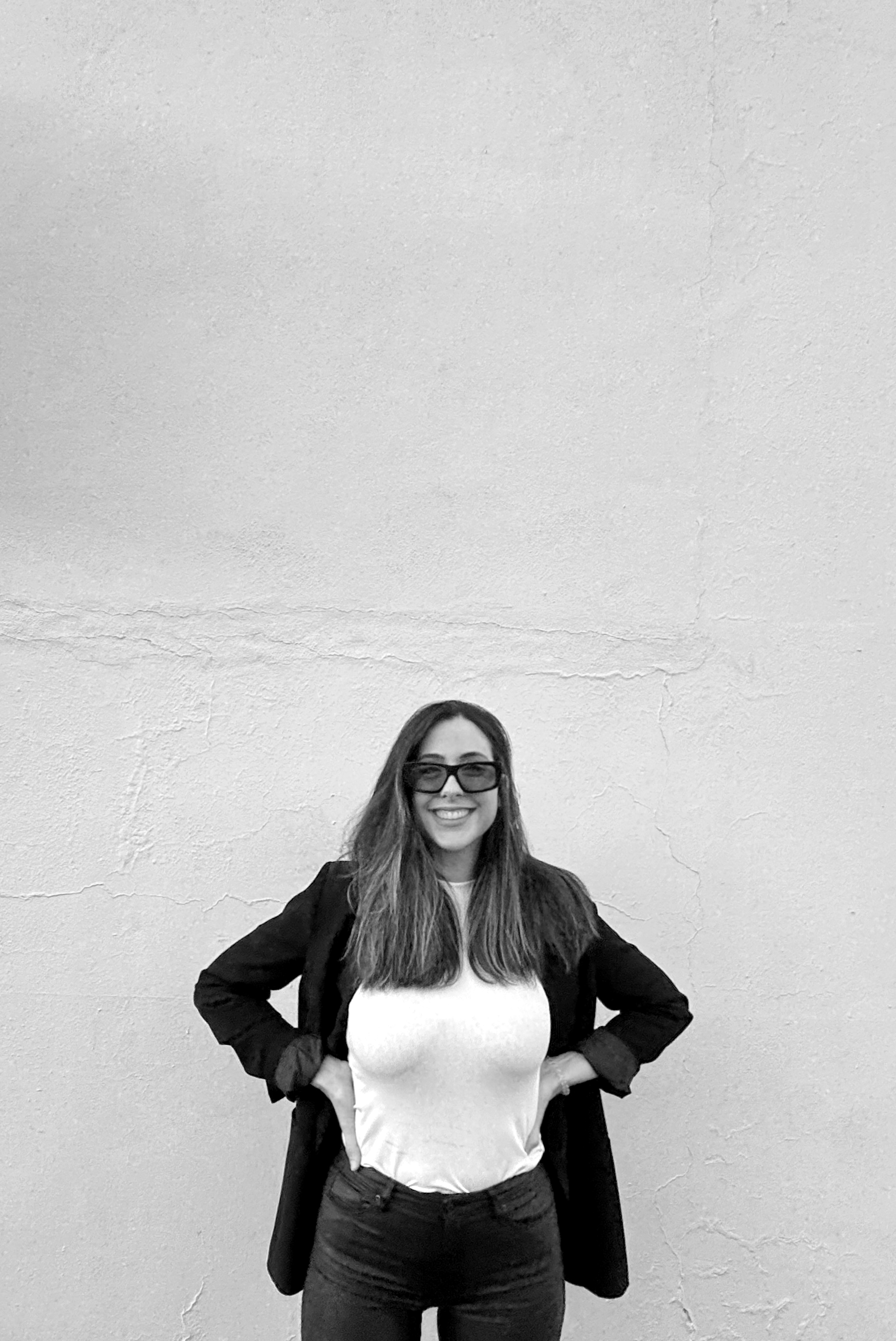
Before Marnov, I spent several years exploring how people think, decide, and connect across different fields and disciplines.
I started in talent acquisition, where I conducted over 300 interviews and designed training programs — an experience that sharpened my ability to listen, identify patterns, and understand real needs. Later, I trained in marketing and UX design and joined a digital agency, where I helped drive its transition toward a user-centered approach. Since then, I’ve been applying research and strategy to support more human and evidence-based decisions.
I’ve specialized in UX Research and audience insights, and I’m currently pursuing a degree in Psychology, expanding the human perspective I bring to every project.
My curiosity to understand people has always been my driving force — to observe more carefully, ask better questions, and generate knowledge that helps others make better decisions.
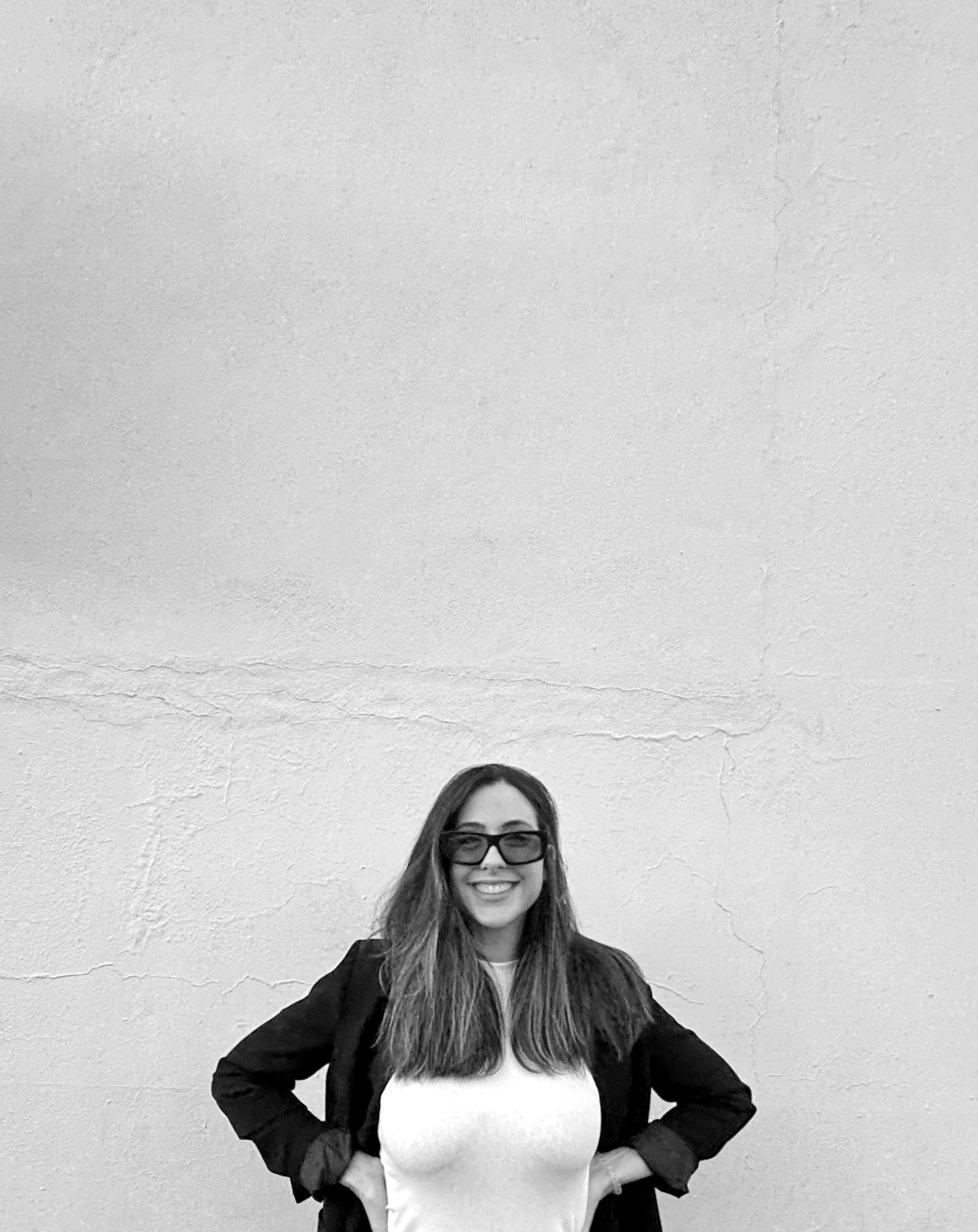
The mindset I bring into collaboration




